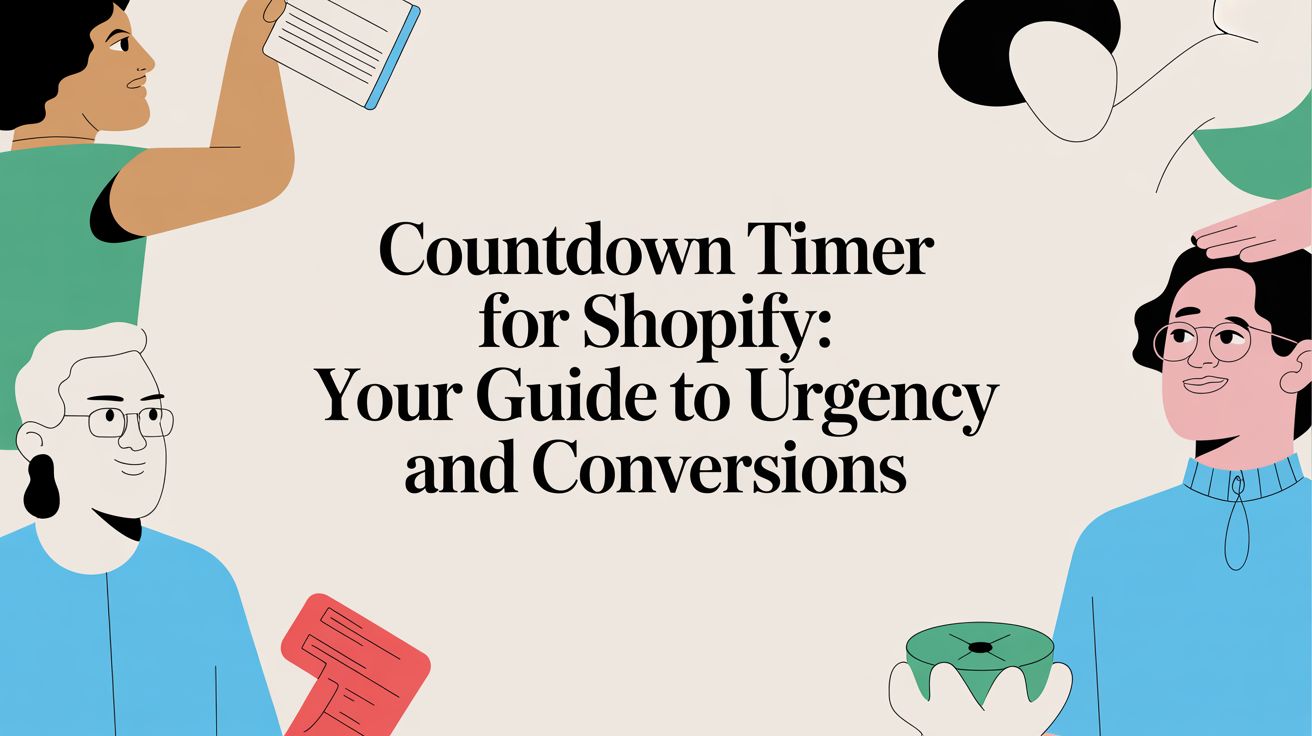
Why Amazon Prime Day works: The effects of consumer psychology

Amazon Prime Day, and related events is heavily rooted in urgency marketing.
Most October 11-12, the company is having their second largest sale of the year. They’re calling it the “Prime Early Access Sale,” and it will be modeled after their highest-grossing holiday, Amazon Prime Day. In just this past year alone, the two-day event resulted in 300 million items sold and $11.9 billion amassed.
But what is it about this particular holiday that drives such a massive response from consumers? The catalyst is urgency marketing, a marketing strategy recognized by consumer psychologists and used by marketers to craft marketing promotions in a way that drives immediate consumer response.
Urgency marketing is made up of four different psychological mechanisms known to drive consumer action: social proof, scarcity / fear of missing out (FOMO), competition and anticipation. Amazon has been known to use each of these principles to create urgency around its infamous online sales.
To break down the concept even further — and show how Amazon has implemented it into their Prime Day events — we’ve incorporated definitions of each and pictures from past Prime Day instances below.
Social proof
Buying products and services can require a little assurance from others every now and then, especially when those purchase decisions have to be made within a certain time frame. When considering whether or not to continue forward with a brand, consumers often rely on their human instincts.
Social proof is the psychological idea that consumers model the behavior of those they trust to make more informed decisions. It’s typically seen through reviews and testimonials, brands with large followings and best-seller sections.
During past Amazon Prime Days, social proof has been displayed in percentages — the number of people who’d already purchased the same product being viewed by another consumer. Seeing that other shoppers trust a brand and are interested in its products can give consumers the confidence they need to complete the purchase.
Scarcity/FOMO
Scarcity is nothing new in the field of marketing, and it’s certainly a trusted practice for Amazon. From the limit placed on the sale’s availability to the cap on products, Amazon’s Prime Day highlights a number of promotions that leverage scarcity.
Amazon Prime Day occurs over the duration of two days, and the products being sold are up for grabs during that period for as long as they’re available. Given how consumers feel about incentives like discounts, offering deals can be a positive motivator for forward movement; and when paired with scarcity, these deals can feel all the more special as consumers realize they won’t be around for long.
Competition
Used in different forms (getting the best bargain, completing a call-to-action, racing against the clock), competition can be a good way to encourage consumers to interact with a brand. During its large promotions, Amazon has been known to offer competitive deals and offers to its customers.
Two of its most recognizable competition tactics involve consumers’ desire to get the best bargain and to do so quickly. When consumers are given a countdown timer that lets them know when the deal expires, the amount of time available to get the product, or the time left for the event itself, they must compete against the clock to get the products they’re seeking.
Anticipation
Consumer engagement is a major focus for brands, and the emotion of anticipation goes a long way when it comes to boosting interest in campaigns or promotions. Given that Amazon Prime Day typically only comes once a year (this will be the first time the retailer is offering two major events within the same year) anticipation gains a lot of momentum in members as they wait for the sales to return.
During the two-day event, consumer anticipation continues to grow as consumers spend time choosing products and imagining how those items will impact their lives. In addition to building anticipation with the event itself, Amazon is able to maintain that momentum as consumers wait for their items to be delivered.
Amazon Prime Day is undoubtedly one of the biggest events in online shopping. Its success is partially due to the consumer psychology elements incorporated in the campaign. Will you be able to spot them during the next sale?

Lindsay Keener is a brand journalist for Quikly. She covers stories that help to inform and educate consumer-facing marketers.

